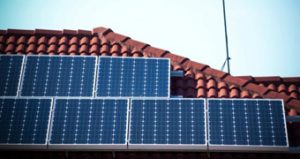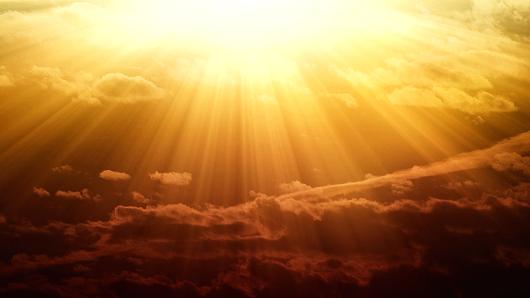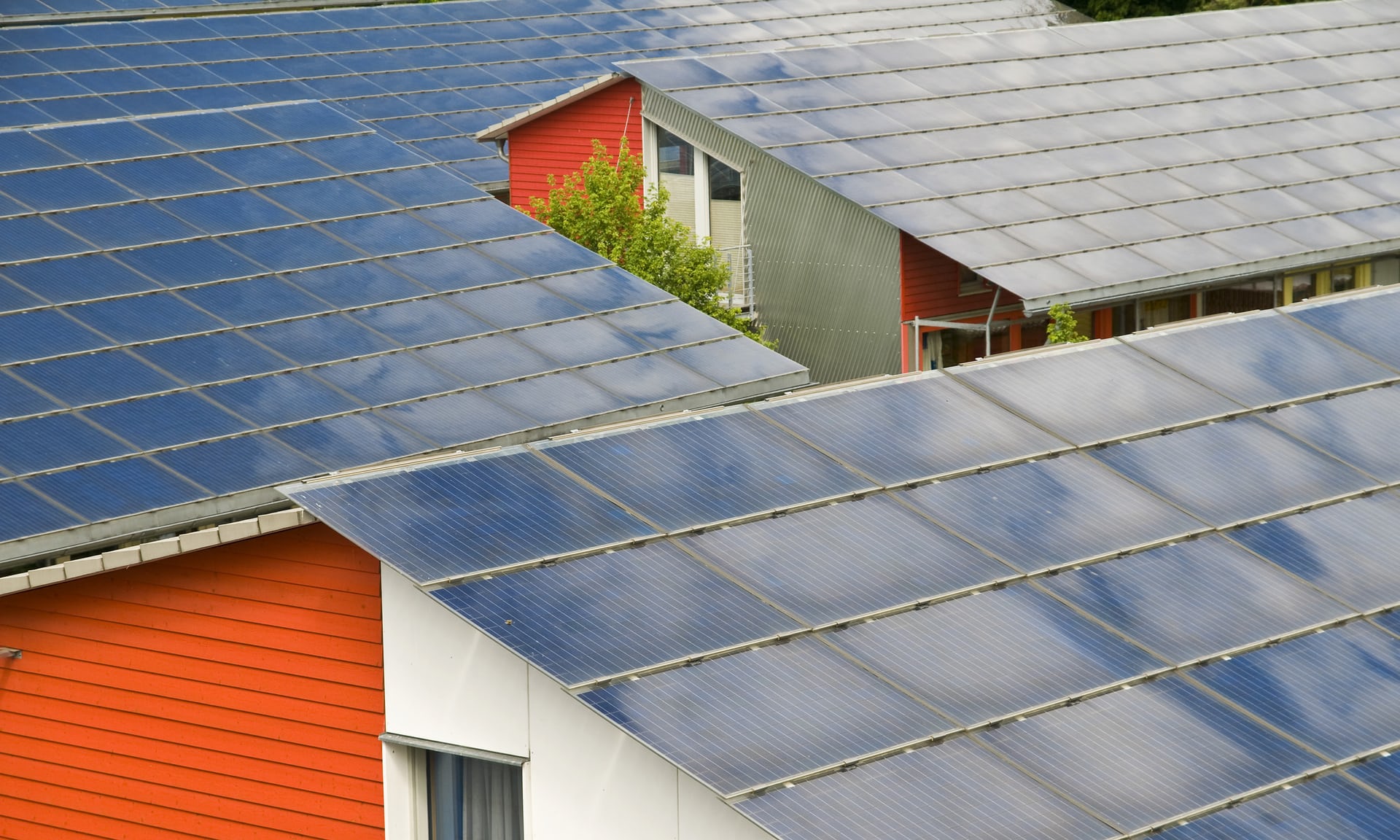Darwin is Australia’s only tropical capital and it gets more sunshine all-year round than any other major city. So why is it at the bottom of the class when it comes to adopting solar energy?
Our first Curious Darwin questioner, Salme Sheehan, lived in the Territory for more than 40 years before moving to Queensland in 2011, and she has been startled by the difference in her power bills, especially when compared with those of her children, who still live in the NT.
“It’s just astronomical, I don’t know how they survive paying those bills,” she said.
Ms Sheehan said her children were paying up to $2,000 or $3,000 per quarter, compared to her bill in Queensland of $300 to $400 per quarter. That’s with Government assistance to pay for the solar panels on her roof, plus a pensioner subsidy on her bill.
This prompted her to ask: Why hasn’t Darwin embraced solar power options like Queensland to help locals reduce their power bills?
She said cost-of-living pressures are part of the reason why there are more people leaving than settling in the NT, and the Government needed to find ways to help residents keep costs down.
“Darwin is dying a lot and it needs an influx of people and they’re not going to get it when they pay power prices like that, they need to support [Territorians],” she said.
Why can’t the NT be more like Queensland?
When it comes to solar power, Queensland is leading the charge, with about 32 per cent of homes with rooftop solar panels, making them the biggest power plant in the state.
But it’s not just Queensland; states are going it themselves when it comes to renewable energy.
Queensland has a target of 50 per cent renewable energy by 2030, as does Victoria, while more than 50 per cent of South Australia’s energy comes from renewables.
Solar cell technology explained
 One in seven homes in Australia has solar panels on their roof. But what are they and how do they work?
One in seven homes in Australia has solar panels on their roof. But what are they and how do they work?
The ACT aims to run on 100 per cent renewable energy by 2020.
“Australia is really leading the world when it comes to solar, we have more solar installations here than anywhere else in the world,” chief executive of the Australian Solar Council John Grimes said.
“Because we’ve got such fantastic sunshine, and the cost of solar is falling so rapidly, it’s quickly becoming the energy source of choice.”
He said the Federal Government’s resistance to renewable energy was “like the king standing on the shore demanding the tide not to come in”.
Territorians are paying some of the highest average electricity bills in the country, second only to Tasmania, according to the Australian Energy Council’s latest solar report.
Mr Grimes said solar was an “economic no-brainer” that appealed to people on tighter budgets, with the added benefit of doing something good for the environment.
“If you’ve got plenty of money and your power bill comes, you just pay the bill, you don’t think about it,” he said.
“But for many people, that power bill just is completely out of their control and keeps going up, and is the thing that drives them to take action.”
Solar installations in Australia
| State/Territory | Installations | Percentage dwellings | MW |
|---|---|---|---|
| Queensland | 485,794 | 30 | 1,602 |
| South Australia | 200,213 | 30 | 690 |
| Western Australia | 211,091 | 24 | 645 |
| Victoria | 294,815 | 15 | 968 |
| New South Wales | 343,930 | 15 | 1,314 |
| Australian Capital Territory | 17,185 | 14 | 77 |
| Tasmania | 27,836 | 13 | 98 |
| Northern Territory | 6,253 | 10 | 50 |
| 1,587,117 |



